All living objects in nature are called organisms. Generally speaking, living things can be divided into three categories: plants, animals and microorganisms.
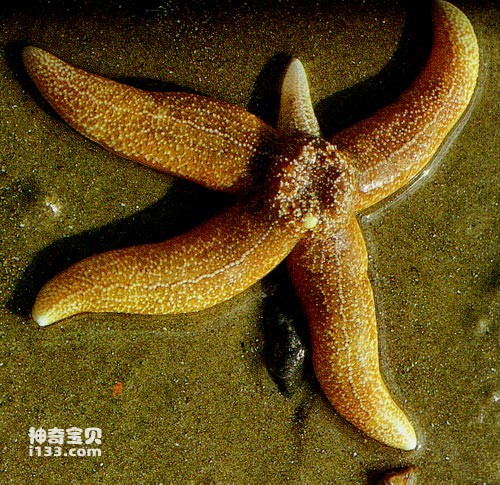
Starfish - an echinoderm
There are approximately more than 300,000 known species of plants, which can be divided into several major categories: algae, fungi, lichens, mosses, ferns and seed plants. Among them, most plants can use the light energy of the sun as the energy needed for life through photosynthesis, and at the same time produce organic matter from inorganic substances such as water, carbon dioxide, and inorganic salts, and release oxygen. Such plants are called autotrophic plants. Some plants (such as fungi) can break down existing organic matter to provide energy and release carbon dioxide and water. Autotrophic plants are producers of organic matter and energy in the entire ecosystem, and therefore are the most basic link in material circulation and energy flow in the ecosystem.
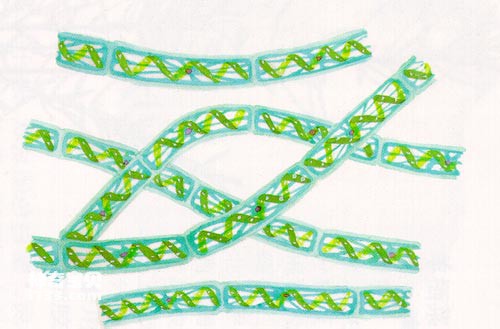
Spirogyra - a type of algae
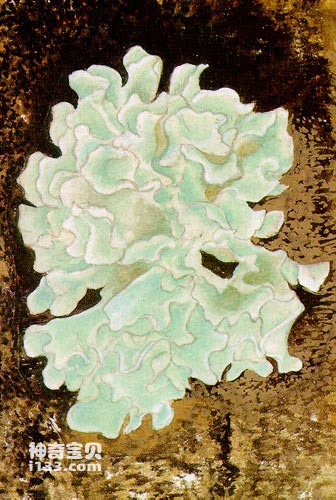
Tremella - an edible fungus
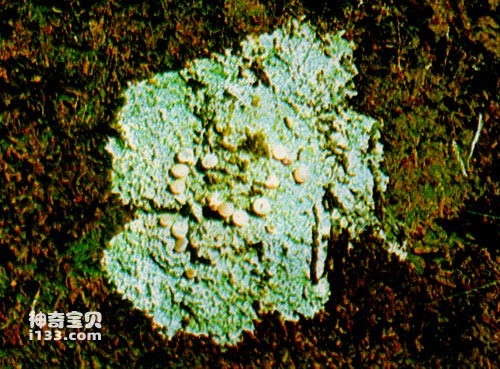
Lichen
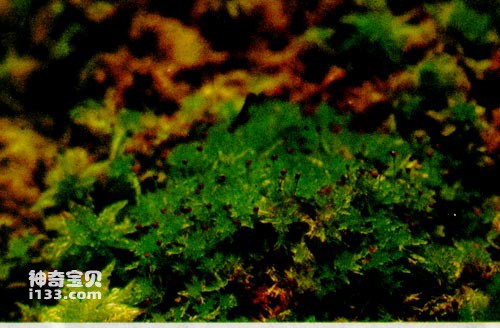
moss
There are approximately more than 1 million known species of animals, which can be divided into major groups such as protozoa, sponges, coelenterates, platyhelminthes, linear animals, annelids, molluscs, arthropods, echinoderms, and chordates. Animals generally cannot synthesize inorganic matter into organic matter and can only rely on plants, other animals or microorganisms as food to provide nutrients and energy to carry out various life activities.
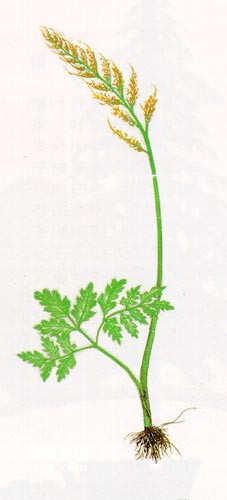
fern
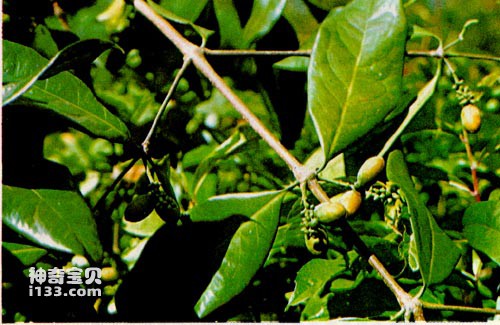
seed plant
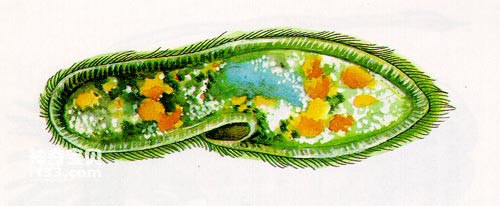
A protozoa--Paramecium
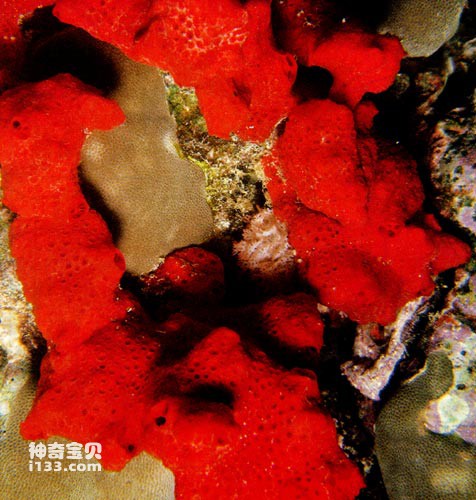
sponge
Microorganisms include bacteria, actinomycetes, molds, yeasts, spirochetes, rickettsiae, mycoplasma and viruses. They are all unicellular or multicellular organisms with tiny bodies and simple structures. Viruses even have no cellular structure at all. Most microorganisms are so small that they can only be observed with a microscope or even an electron microscope. On the earth, there are traces of microorganisms everywhere in the air, water, soil, and on the surface and inside of various organic matter and living organisms. Microorganisms have a variety of life activities and reproduce very quickly, so they play an important role in the material transformation cycle and energy flow of the earth's ecosystem.

A coelenterate - coral
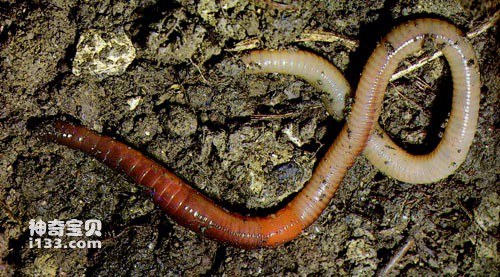
An annelid--earthworm

snail - a mollusk

Dragonfly - an arthropod
animal tags: Starfish Spirogyra Tremella Lichen Moss Paramecium Sponge Coral Earthworm Snail Dragonfly
We created this article in conjunction with AI technology, then made sure it was fact-checked and edited by a Animals Top editor.